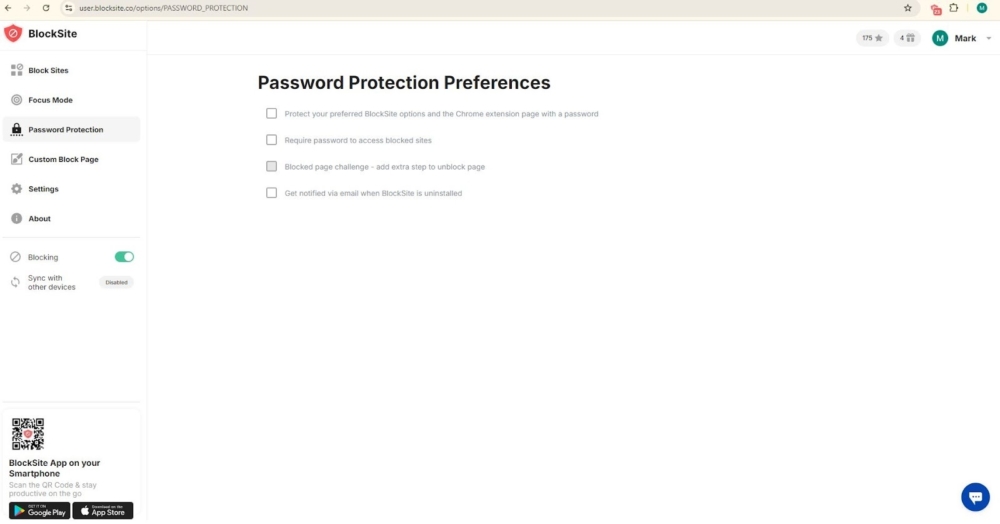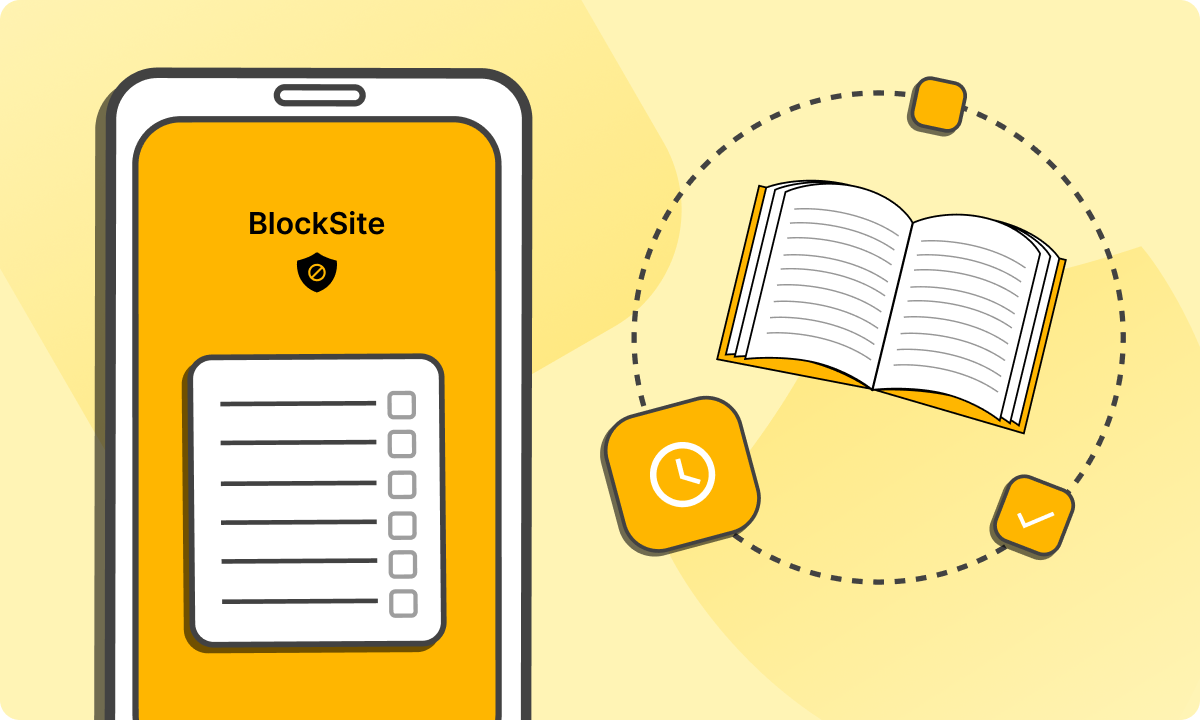Technology gives us incredible advantages, but it also brings one of today’s biggest problems: digital burnout. It’s what happens when endless screen time, remote work pressures, and the constant ping of notifications start bleeding into every corner of life.
Work blends into downtime. Social feeds compete with focus. Before long, the result is exhaustion, rising stress, and slipping productivity. And it’s not just you. Global studies show a significant portion of the workforce is already struggling with digital fatigue, with many employees reporting stress and disengagement linked to their devices.
That’s why this guide is here. You’ll find out what digital burnout really means, the most common symptoms to watch for, and the proven ways to fight back. With the right strategies, you can restore focus, protect your mental health, and finally take control of your tech use.
What is digital burnout
Digital burnout isn’t just “feeling tired.” It’s a full-on state of exhaustion that builds up from living in front of screens all day: laptops for work, phones for everything else, and maybe a tablet or TV in the mix for downtime. The problem is, it creeps up slowly. By the time most people notice, the symptoms (mental fatigue, low motivation, even anxiety) are already hitting hard.
Experts now describe this as a form of lifestyle and workplace stress, with the World Health Organization labeling burnout as an “occupational phenomenon.” Today, technology has simply become the new trigger.
And it’s not rare. Surveys show just how many people are suffering from digital burnout. A report from EZRA revealed that more than 80% of U.S. remote workers reported symptoms in recent years. The fallout goes beyond job performance: it disrupts sleep, strains relationships, and chips away at long-term mental health.
Understanding digital burnout meaning, its signs, and its causes is the first step. Because once you can see it clearly, you can start building strategies to protect your focus, your energy, and your well-being.
Digital burnout symptoms
If you’ve ever felt like your devices are running your life rather than helping it, chances are you’ve brushed up against digital burnout. It’s not subtle. The signs creep in quietly at first, but before you know it, they’ve stacked up into something you can’t ignore.
Here are the top symptoms that signal when technology is taking more than it’s giving:
1. Constant fatigue
Always tired? Even after a full night’s sleep? That’s not just being busy. It’s often overstimulation from endless screen time. Your brain never properly “clocks out” and leaves you physically and mentally drained.
2. Irritability and mood changes
Ever snapped at someone over something tiny? Prolonged screen exposure messes with your mood regulation and can turn minor annoyances into flashpoints. This affects both work and relationships, and creates tension where you least need it.
3. Sleep disturbances
Scrolling at night isn’t harmless. Blue light suppresses melatonin, the hormone that helps you sleep. The result: insomnia, fragmented rest, and mornings where you feel like you never went to bed. Poor sleep worsens fatigue, focus, and emotional balance the next day.
4. Declining motivation
Tasks you used to enjoy now feel like wading through mud. The spark of enthusiasm fizzles into stagnation and frustration. That erosion of drive is a hallmark of digital burnout. Your mind has hit the brakes even if your calendar hasn’t.
5. Reduced concentration
Notifications, pings, and multitasking chip away at deep focus. Your brain gets rewired for constant switching instead of sustained attention. The fallout? Lower productivity and mounting stress as work piles up unfinished.
6. Physical complaints
It’s not just mental. Headaches, stiff shoulders, eye strain, and even lowered immunity can show up. These physical symptoms reinforce the cycle: fatigue feeds stress, stress feeds more fatigue.
7. Anxiety and depression
Left unchecked, digital burnout drags you under. Anxiety spikes as demands never stop. Depression follows when motivation collapses. You feel trapped in a cycle where the very tools meant to help you become the source of exhaustion.
How to avoid digital burnout?
Digital burnout has become a real threat to focus, productivity, and mental health. The good news? There are concrete ways to fight back.
Think of it as a practical playbook: real tools, proven habits, and clear steps to keep your energy and attention where they belong.
Let’s get into it:
1. Use BlockSite’s tools to control distractions
If you’ve ever promised yourself “just five minutes” on social media, only to look up an hour later, you know how slippery distractions can be. That’s where BlockSite comes in.
BlockSite is a full toolkit available on Chrome, Google Play and iOS apps, built to cut off the digital noise that feeds burnout.
Here’s what makes it powerful:
Block List: Say goodbye to temptation by blocking unlimited apps and sites: social media, shopping platforms, news feeds, you name it.

Focus Mode: Need to power through a project? One click locks down distractions and creates uninterrupted deep-focus sessions.

Scheduling: Automate discipline. Set up device-free work hours or screen-free evenings and let BlockSite do the rest.

Password Protection: Built-in guardrails keep you from disabling the app during weak moments.

BlockSite resets how you interact with tech. Think of it as setting digital boundaries that stick.
2. Set work-life boundaries
When work emails creep into dinner, weekends, or bedtime, burnout isn’t far behind. The fix? Create clear digital boundaries.
Stop checking emails after hours. Designate phone-free zones at home. Encourage your team (and yourself) to respect personal time. It sounds simple, but drawing a firm line between work and rest protects long-term focus and well-being.
3. Take regular breaks
Brains aren’t built for nonstop digital input. Breaks aren’t laziness; they’re maintenance.
Try the Pomodoro method: 25 minutes of focused work followed by a 5-minute reset. Longer pauses (like a walk, stretch, or quick workout) help clear mental fog. Burnout builds in silence; regular breaks stop it before it spirals.
4. Limit information overload
News feeds, doomscrolling, endless notifications… information overload is like pouring gasoline on burnout.
Curate your inputs. Mute accounts that spike anxiety. Replace heavy scrolling with intentional content: podcasts, audiobooks, or educational videos that add value instead of draining energy.
You might want to unfollow three accounts that stress you out and replace them with one positive or educational source.
5. Prioritize sleep and healthy routines
Digital burnout feeds on exhaustion. Skimp on sleep and suddenly every notification feels urgent.
Aim for 7–9 hours of sleep, screen-free wind-down routines, and regular exercise. Pair that with balanced nutrition, and you’ll notice focus sharpen while stress levels drop.
6. Promote offline connections
Digital burnout lives on isolation. Screens can’t replace real conversations or shared experiences.
Make time for face-to-face interactions with friends, family, or colleagues. Even casual coffee chats or group walks can reset perspective and remind you there’s more to life than what fits on a display.
Why not schedule one offline meetup this week? No phones at the table.
Digital wellness: your survival in today’s screen-soaked world
Think about it. You wake up, check your phone, jump on the laptop, squeeze in a video call, and before you know it… ten hours have passed in front of a screen. No wonder people are burning out faster than ever. Ignoring it chips away at your health, relationships, and career momentum.
That’s why tackling burnout digital problems requires more than vague promises of “logging off.” You need tools that actually enforce boundaries. BlockSite is the smarter way to cut distractions, build healthier routines, and take back control of your time. With features that block tempting sites, set daily schedules, and track how you spend hours online, it acts like a guardrail for your attention.
The payoff? Clearer focus, deeper rest, and more space for life beyond the glow of the screen. Digital wellness isn’t optional anymore. Remember that this is the foundation for staying sharp and avoiding the burnout spiral.
FAQs
Can limiting notifications really reduce burnout risk?
Absolutely. Constant notifications are like little stress grenades going off in your pocket. Each buzz or ping interrupts focus, fragments attention, and builds tension. Kill the noise by shutting down non-essential alerts. Mute group chats, silence news updates, or just strip it back to the bare minimum. Even small steps give your brain room to breathe and concentrate properly.
What part does sleep play in preventing burnout?
Sleep is the reset button that restores energy, sharpens focus, and strengthens immunity. Miss out, and you’ll see the difference fast: irritability spikes, concentration crumbles, and health takes a hit. Add late-night scrolling and blue light, and you’re asking for trouble. Screens mess with melatonin, making sleep harder. A firm no-screens rule before bed is one of the best burnout defenses you can put in place.
Is digital burnout only related to work?
Not at all. Work might get the blame, but downtime habits are just as guilty. Endless scrolling, gaming marathons, or binge-watching late into the night all eat into recovery. Relaxation stops being restorative when you’re still tethered to a device. True balance comes from managing both worlds: professional and personal screen time. Ignore that, and burnout creeps in from both sides.
How does digital burnout affect motivation?
It chips away slowly. At first, you handle tasks fine, but over time screen overload makes everything feel heavier. Frustration builds, enthusiasm fades, and eventually motivation flatlines. The result? Productivity dips and confidence takes a knock. You’re left disconnected from your goals, which is why so many people feel stuck even when they’re putting in the hours.
Why are breaks so effective in reducing burnout?
Because they break the loop. Without pauses, the constant stream of input just compounds fatigue. A five-minute breather can sharpen focus, while a proper reset (like a walk, gym session, or just stepping outdoors) restores energy and clears the head. Skip breaks and stress just piles higher, edging you closer to full-blown exhaustion.





